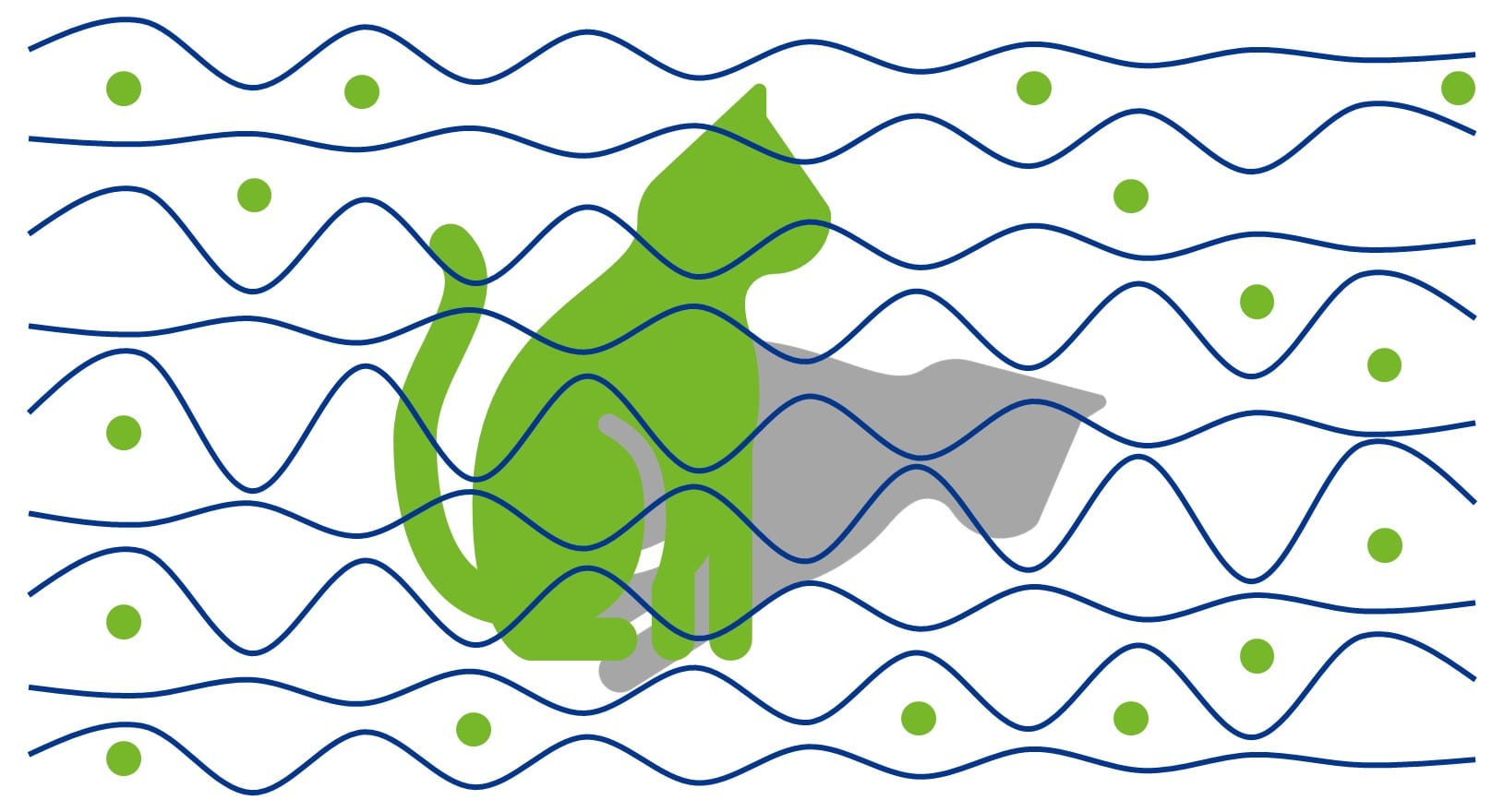
08 Dec Schrödinger’s 135th Birthday – August 12
The creator of the Wave Function and the Cat Paradox
The 1927 Copenhagen interpretation of Bohr and Heisenberg’s Quantum Mechanics included among its fundamental postulates the use of the wave function of the Schrödinger Equation to calculate the probabilities of a system and its variation as a function of time.
But Schrödinger’s contribution to science went beyond the representation of the electron as a wave. In 1935 he published his famous ‘thought experiment’ to illustrate the paradox of quantum superposition, which would henceforth be known as ‘Schrödinger’s cat’.
The mental experiment consists of a hypothetical cat that can be alive and dead at the same time, as a result of its fate being conditioned by a subatomic event that may or may not occur. The fundamental question he poses is when does a quantum system cease to exist as a superposition of states and become one or the other?
In the nascent and promising world of quantum computing, the Schrödinger paradox has appeared again on the scene. The GHZ state, in which several qubits are in equal superposition of being all 0 and all 1, is colloquially known as the “cat state”.

